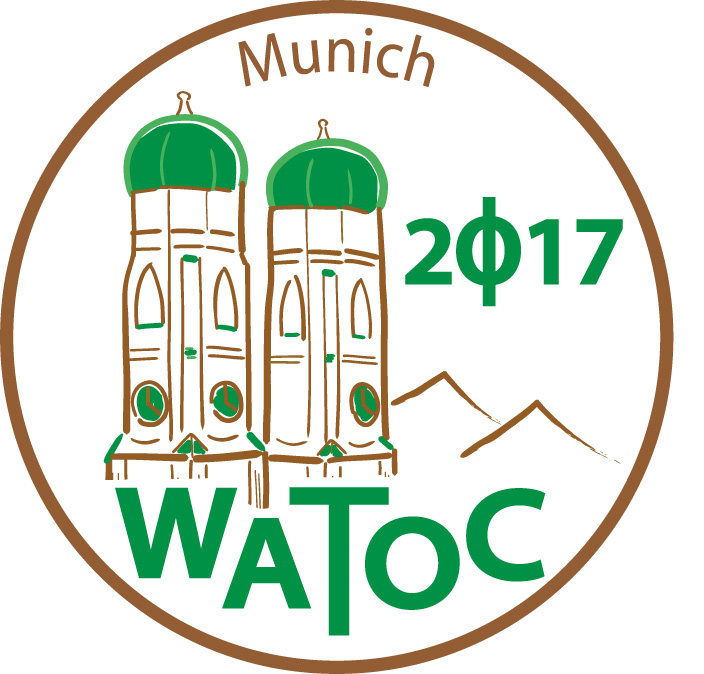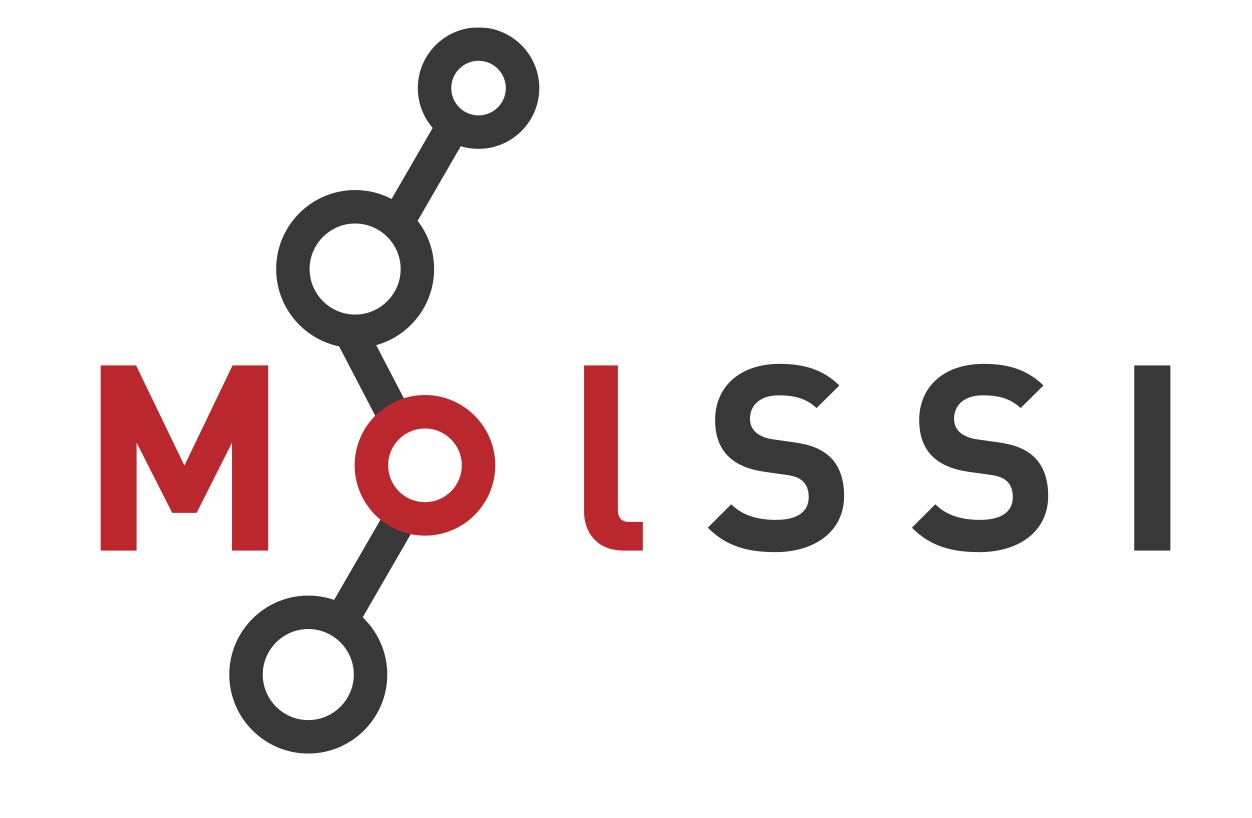Density Functional Theory in Solution: Implementing an Implicit Solvent Model for CASTEP and ONETEP
James C. Womack (School of Chemistry, University of Southampton, Highfield, Southampton, SO17 1BJ, United Kingdom)
Jacek Dziedzic (School of Chemistry, University of Southampton, Highfield, Southampton, SO17 1BJ, United Kingdom)
Lucian Anton (Cray U.K. Limited, Broad Quay House, Prince Street, Bristol, BS1 4DJ, United Kingdom)
Phil J. Hasnip (Department of Physics, University of York, Heslington, York YO10 5DD, United Kingdom)
Matt I. J. Probert (Department of Physics, University of York, Heslington, York YO10 5DD, United Kingdom)
Chris-Kriton Skylaris (School of Chemistry, University of Southampton, Highfield, Southampton, SO17 1BJ, United Kingdom)
Polarizable dielectric continuum models offer a computationally efficient route
to incorporating solvation effects into electronic structure calculations, and
are well-suited for use in the large-scale density functional theory (DFT)
calculations now possible using modern parallel computer hardware and efficient
formulations of DFT. In this talk, I will describe a “minimal parameter”
continuum dielectric solvent model, developed for use in DFT calculations on
large and complex systems [1]. In the model, the cavity formed by the solute in
the dielectric medium is derived directly from the quantum mechanical charge
density [2] and the total electrostatic potential is obtained by direct
solution of the non-homogeneous Poisson equation (NPE). Non-electrostatic
solvation effects are computed based on the surface area of the solute cavity
and an effective surface tension for the solvent. The use of a
density-dependent cavity allows the model to accurately capture solvent effects
with very few empirically fitted parameters.
The model was originally implemented in ONETEP [3], a highly parallelized
linear-scaling density-matrix DFT code, and an efficient multigrid solver,
DL_MG [4], was developed specifically to solve the NPE in this context. Our
recent efforts have focused on extending the capabilities of the model and
making it available to a wider community of users. In particular:
- Improving the quality of solutions produced by DL_MG using an iterative
“defect correction” approach - Adding support for fully periodic and mixed periodic/open boundary
conditions to the model - Porting the full model to CASTEP [5], a widely used plane-wave
pseudopotential DFT code.
During the talk, I will discuss the theoretical and computational challenges
encountered in this work and present results demonstrating the application of
the new functionality in both ONETEP and CASTEP.
[1] J. Dziedzic, H. H. Helal, C.-K. Skylaris, A. A. Mostofi, and M. C. Payne, EPL 95, 43001 (2011).
[2] J.-L. Fattebert and F. Gygi, J. Comput. Chem. 23, 662 (2002).
[3] C.-K. Skylaris, P. D. Haynes, A. A. Mostofi, and M. C. Payne, J. Chem. Phys. 122, 084119 (2005).
[4] L. Anton, J. Dziedzic, C.-K. Skylaris, and M. I. J. Probert, Multigrid solver module for ONETEP, CASTEP and other codes, Technical report, dCSE, 2013.
[5] S. J. Clark, M. D. Segall, C. J. Pickard, P. J. Hasnip, M. I. J. Probert, K. Refson, and M. C. Payne, Z. Kristallogr. 220, 567 (2005).

